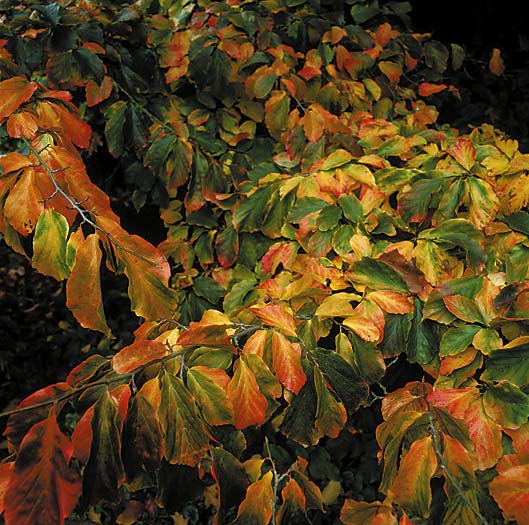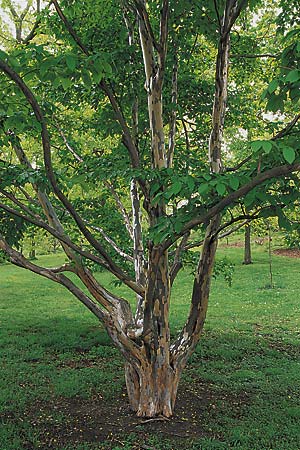I purchased many flower seeds, most being perennials. Can I sow the seed now and try to get a bit of a head start for next year? Since nature drops its seeds as flowers finish blooming, can I expect a good result? Any tips on how to go about this? If it is too late to sow them now, can they be kept? They are not opened; should I put them in a plastic bag and refrigerate?
It is too late to sow your seeds now. If you purchase perennial seeds in the future but don’t plant them in the spring, then you could try and plant them in the early fall. Plant according to package directions in a lightly mulched bed. In the spring it is important to keep the bed evenly moist before the seeds sprout.
You will likely receive the best results if you plant the seeds in the spring by either starting indoors in February or March, or by planting directly in the bed in May. Store the seeds in an airtight container in your refrigerator. A small jar or a ziplock bag would work fine. If starting indoors to get a jump on nature, you need a good fluorescent light and seed trays. There are many seed-starting kits available that make it an easy and enjoyable task.


